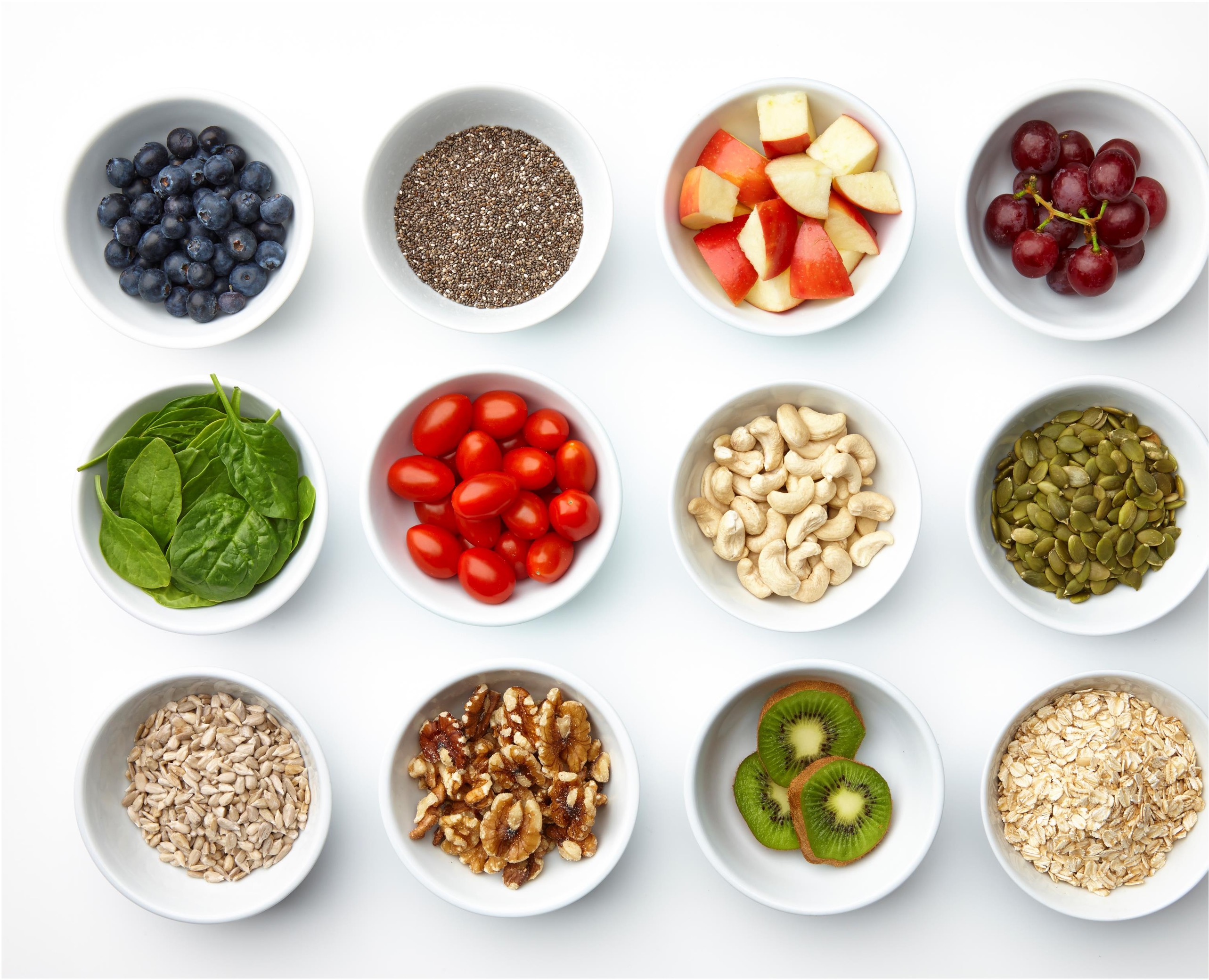Chronic Kidney Disease (CKD) affects millions of people worldwide, and one of the main concerns for people with CKD is managing potassium levels in their diet. Potassium is a mineral that is essential for the proper function of muscles and the heart, but when the kidneys are not functioning properly, they may not be able to remove excess potassium from the blood, which can lead to high potassium levels, also known as hyperkalemia, which can be dangerous. Sometimes, people with CKD may be told that their potassium levels are too low, which is called hypokalemia. Medications such as diuretics, antibiotics, and blood pressure medications may also cause an imbalance in potassium levels. It’s important to work with a doctor or dietitian to manage potassium levels in the diet to maintain healthy levels and avoid complications.
You may not always show symptoms of high potassium, but it’s important to know that high potassium levels can cause heart arrhythmias, muscle weakness, and even cardiac arrest. Additionally, you may not show symptoms of low potassium either, but low potassium may cause constipation, feeling skipped heart palpitations, muscle weakness, and extreme tiredness. Therefore, it’s important for people with CKD to keep their potassium levels in check as directed by their providers.
To check your potassium level, your doctor can do a blood test. This test will measure the amount of potassium in your blood. The test is simple and typically involves drawing a small sample of blood from a vein. The blood sample is then sent to a laboratory for analysis. The results of the test will be reported to your doctor, who will be able to tell you whether your potassium level is normal, low or high. If your potassium level is abnormal, your doctor may suggest additional tests or recommend changes to your diet or medications to help manage the levels. It’s important to follow your doctor’s advice to maintain healthy potassium levels and avoid potential complications.
Managing potassium levels starts with understanding which foods are high in potassium. Potassium can be found in many fruits, vegetables, dairy products, and meats. Some high-potassium foods include bananas, oranges, cantaloupe, kiwi, papaya, potatoes, sweet potatoes, tomatoes, spinach, milk, cheese, yogurt, salmon, halibut, cod, nuts, seeds, and some juices and sports drinks. However, it’s important to be mindful of portion sizes, as eating large amounts of high-potassium foods can still cause hyperkalemia. Lower potassium food options in the same categories include apples, berries, grapes, lettuce, cucumber, bell pepper, rice, pasta, chicken, and turkey. It’s also important to be mindful of portion sizes when eating these lower potassium foods, as eating large portions can still cause hyperkalemia.

Another important aspect of managing potassium levels is to be aware of added potassium in processed foods, such as potassium chloride, which is often used as a salt substitute. A salt substitute is a product that can be used as an alternative to regular table salt (sodium chloride) to lower the sodium content in your diet. Salt substitutes typically contain potassium chloride which has a similar taste as salt but less sodium. An example of a salt substitute is “No Salt”, “Nu Salt” which are widely available in most supermarkets and online. It’s important to note that potassium chloride-based salt substitute is not suitable for everyone, especially for those who have kidney disease, as excessive intake of potassium can cause hyperkalemia. In that case, it’s always better to check with your doctor or dietitian before trying any salt substitute. It’s important to read food labels and ingredient lists to identify added potassium.
It’s also crucial to work closely with a renal dietitian or a registered dietitian, who can help you create a meal plan that is tailored to your specific needs and health conditions. They can also provide guidance on how to read food labels and identify high-potassium and low-potassium foods, as well as provide recipe suggestions and tips for eating out.
In addition, it’s important to talk to your doctor about your potassium levels, as they may prescribe potassium-binding medications or recommend changes to your treatment plan. Some questions you may ask your doctor to understand where your potassium level is are:
-
What is my potassium level right now?
-
Are any of my medications affecting my potassium level?
-
Do I have any health conditions that may affect my potassium level?
-
Is there anything I should be eating or avoiding to manage my potassium level?
-
Are there any lifestyle changes I should make to manage my potassium level?
-
How often will we check my potassium level and what’s the plan to manage it?
In conclusion, managing potassium levels is crucial for people with Chronic Kidney Disease. By understanding which foods are high and low in potassium, limiting intake of high potassium foods, choosing low potassium foods, being mindful of added potassium in processed foods, working with a renal dietitian and following the guidelines and recommendations of your healthcare team, it’s possible to keep potassium levels in check and maintain a healthy and balanced diet.
If you’re ready to take action, let’s schedule a session. Taking control of your potassium levels is an important step towards maintaining your overall health. During our session, we’ll discuss any concerns you may have and develop a personalized plan to help you manage your potassium levels effectively. We’ll go over your diet and lifestyle and how we can make changes to help you achieve your goals. I’ll also provide you with resources and support to help you stay on track. Let’s schedule a time that works for you, and take the first step towards better managing your potassium levels and improving your overall health!
